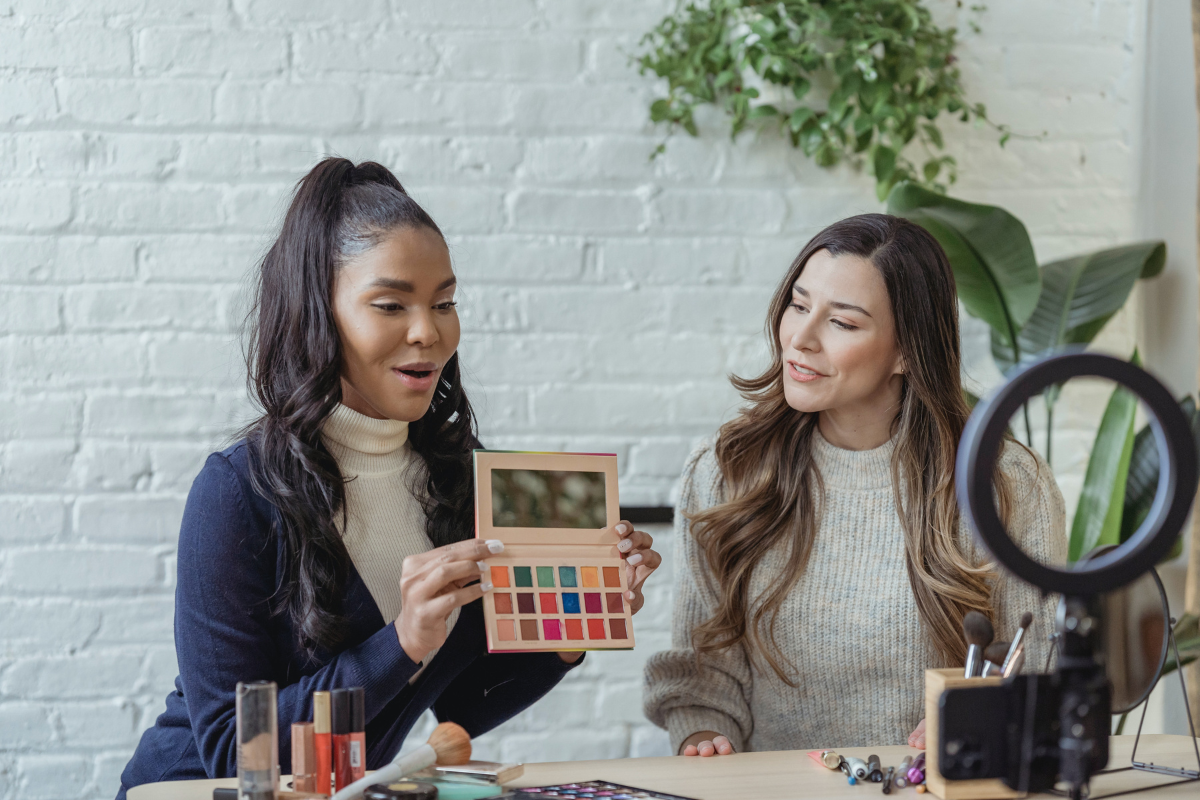Now more than ever, your strategy for product sampling marketing must utilize numerous channels to maximize success.
While sampling is a time-honored marketing practice that can provide significant brand building benefits, it can be one of the most expensive forms of marketing. Not only do marketers have to pay for the cost of goods to produce and ship samples, but also they must pay retailers, event organizers, and other vendors for space to distribute products and engage with prospective consumers.
There is the constant worry of poor targeting and product or resource waste, and with people still adjusting to a post-pandemic world weary of traditional sampling, marketers have had to get creative in how to get free product samples into the hands of consumers.
That’s why product sampling should be a part of every marketer’s toolkit. But why is digital product sampling so important, and how is it different than in-store sampling? And most importantly, how can you ensure success for your brand? Let’s talk about it.
In this post, you will find:
- What is digital product sampling?
- Digital product sampling vs. in-store sampling
- Examples of digital product sampling
What is Digital Product Sampling?
Digital product sampling is a marketing strategy of soliciting consumers to opt-in online to try a product sample that is then mailed to them.
It relies heavily on data to fuel outreach efforts. This gives marketers the power to activate specific audiences by sending physical samples to their doorsteps and tracking and remarketing to those consumers. Marketers can reach people who match the ideal consumer, considerably boosting the potential purchase rate.
The definition of a “sample” is expanding and some brands are even creating interactive digital environments that allow consumers to try their products virtually.
Digital Product Sampling vs. In-store Sampling
For highly experiential brands like food, beverage, beauty, and more, in-store sampling and digital product sampling are proven brand building tactics to drive new customer acquisition, boost brand equity, and help secure brand loyalty.
Brands and retailers use in-store samples to engage with prospective or existing shoppers by allowing consumers to experience the product before buying.
This can range from a sample being passed out at a boutique to an on-pack sample available at shelf to an in-store product demonstration at a mass retailer.
In-store sampling is often a part of a more comprehensive retail and shopper marketing strategy to maximize scale and impact. This might include point-of-purchase displays, promotional offers, and strategic retail partnerships.
Digital Product Sampling
- Non-intrusive online opt-in
- Brand experience is typically first felt in the “unboxing” and usually requires artistic packaging and must account for shipping costs
- Can be highly targeted to reduce product waste and boost repurchase
- Can be gated to ensure list building
- Conversion typically happens on the next shopping trip or through an online offer
- Conducive to online word-of-mouth and social sharing
In-Store Product Sampling
- In-person opt-in (sometimes intrusive)
- Brand experience is typically first felt in the person-to-person interaction and usually requires visually grabbing displays
- Difficult to target and can result in a non-ideal trial
- Low barrier for a shopper – a person typically doesn’t have to give any information to try a sample
- Conversion can happen within the same shopping trip
- Not very conducive to sharing outside of retail
What are Some Examples of Digital Product Sampling?
There are numerous ways to execute a sampling campaign, and it’s important to think about which subset of the internet would be most beneficial as each has pros and cons.
The four most common ways to execute an effective strategy include:
- “Open” digital product sampling via online opt-in
- Social sampling through a brand advocate community or social influencers
- E-commerce sampling
- Direct-to-Consumer (DTC) curated products and minis
Read our short Guide to Sampling Community to learn more about these types of sampling, best practices, and which brands are getting it right.
Open digital product sampling via online opt-in
This type of sampling is typically done through a dedicated landing page where consumers can sign up for a free product sample. While this is a great way to collect leads and build databases for retargeting, controlling the audience receiving a sample is challenging.
Social sampling through a brand advocate community or social influencers
Social sampling involves delivering a free product sample to people passionate about your brand or influential and socially connected consumers. The specific goal is to drive them to post their experience online and persuade the purchase decisions of their friends, followers, and other like-minded consumers on retail sites.
Ecommerce digital product sampling
Typically a surprise & delight moment for consumers when opening a package from an online purchase. This sampling method became hugely necessary during the height of the COVID pandemic when in-store sampling was unavailable.
Direct-to-consumer (DTC) curated sampling and minis
A form of digital product sampling that has become popular in the beauty world is curated DTC sampling, where brands are included in a larger group of products shipped to a consumer.
This can be done through a third-party service, most notably pioneered by companies like Birchbox, which shepherded the launch of hundreds of subscription boxes.
How to Get Started with Digital Product Sampling
Step 1 – Identify key objectives to determine the best kind of digital product sampling.
Step 2 – Find the right platforms and/or partners to distribute samples
Step 3 – Design a remarketing strategy for consumers
Step 4 – Track and measure results
How Can TINT Help with Product Sampling?
Effective digital product sampling must be interwoven with an inviting consumer experience that is personalized, purpose-driven, and emotionally engaging to deliver a lasting consumer relationship ultimately.
An online brand community is the solution to distribute samples to targeted audiences and communicate with them throughout their experience. You can also activate your community to spread the word about online sampling opportunities and create user-generated content.
Questions about how to do product sampling?
The TINT team is always here to answer your product sampling questions. Reach out to us – we’re happy to help.



